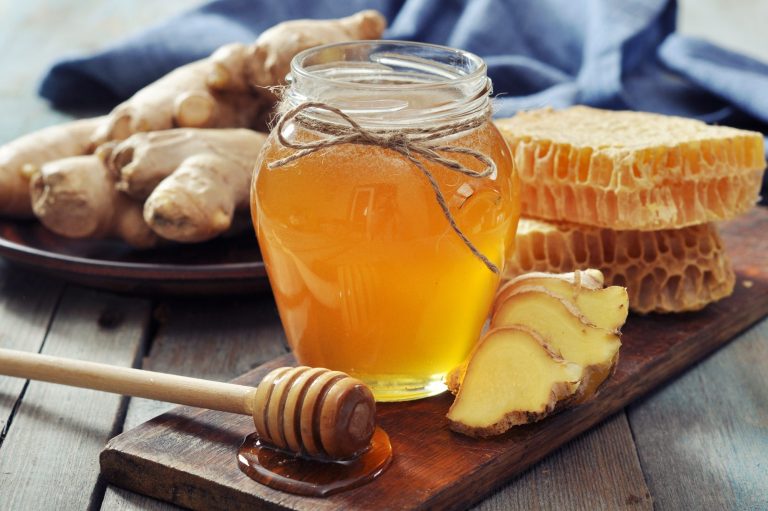Cider basics
Learn about the different styles and categories
Cider types and styles
Cider can be made from any type of apple. It can be Single Variety (made with one type of apple) or Blended (where more than one type of apple is used).
There are two broad cider styles in the UK, which are:
Old World/Heritage/Western Counties Cider – this is generally made from cider apples, with a key feature being the presence of tannins. Tannins bring a level of bitterness and astringency to the cider. This is sometimes referred to as a ‘mouth puckering’ characteristic.
New World/Modern/Eastern Counties Cider – this is normally made from dessert and table apples. It is lower in tannins, has greater acidity and is often described as fresh, clean, fruity and/or sharp.
Different categories of cider
Many ciders in the UK fall under one of the two broad styles mentioned in the section above, but that doesn't mean they look, taste or smell the same. Differing production techniques and added ingredients produce a wide variety of aromas, flavours, appearances and drinking experiences, which means that cider really does come in all different 'shapes and forms'. As such, there are many categories of cider that are popular in the UK and others that are just emerging. Some of these are shown below.

Fruit cider
As the name suggests, this is where fruit other than apples is added to the cider, usually after the fermentation process. Where the additional fruit is added before fermentation, this is called co-fermentation.

Flavoured cider
This is where additional ingredients other than fruit are added to the cider such as botanicals, herbs, spices, hops or honey. A cider can have both additional flavours and fruit added to it – it does not have to be one or the other.

Wood aged cider
This is where the cider has been fermented in wooden barrels. A cider is ‘wood-aged’ if the wood of the barrel contributes to the flavour of the cider in a distinctive way. It is also known as Barrell fermented cider.

Bottle fermented
Probably unsurprisingly, this is where the cider is fermented in the bottle. It is also known as the 'Champagne method', and it produces an elegant cider with a lot of carbonation and a clean sharp taste. Perfect for drinking out of a flute!

Ice cider
This style of cider is made from the juice of frozen apples. It is sweet with higher alcohol content than regular cider.

Rosé cider
Rosé cider has been created to offer a cider-based alternative to rose wine. A quick search online shows that this emerging drink is worth a try, especially if you like drinks with summery flair.

Low alcohol cider
The cider contains less than 1.2% alcohol, which is the legal threshold for this definition in the UK.

Alcohol free cider
The cider contains no alcohol.
It's all about how it's made
How a cider is produced contributes greatly to its colour, level of clarity, carbonation (i.e. how fizzy it is) aroma and flavour. All this depends on what apples are use, how it's fermented, whether it's aged or not, any ingredients that are added, even what yeasts that are used.
The colour can range from a rich amber to almost colourless, the clarity can be cloudy or hazy with the presence of sediment or brilliantly clear, and the amount of carbonation ranges from still as tap water to as fizzy as Champagne. Aromas and flavours also vary widely – we’ve provided some examples of this in our Introduction to cider tasting section on our Get started with cider page.




Remember that you must be over 18 years of age to purchase or consume alcohol and you should keep your alcohol consumption within the guidelines outlined by the UK Government.
Learn from an expert!
What's better than learning from someone who really knows their way around cider? In this video, Ciderologist, Gabe Cook, talks about cider across globe, different styles of cider and shares more about the history of cider.
We need your consent to load the translations
We use a third-party service to translate the website content that may collect data about your activity. Please review the details in the privacy policy and accept the service to view the translations.